- Itinerari
- Art & Culture
Museums in Varese
From archaeology to contemporary art
The museums in the city of Varese have something for everyone, because they are home to very diverse collections from different historical periods.
Stop 1: Villa Mirabello
Stop2: Castello di Masnago
Stop 3: Villa Panza
Mostra cosa c'è nelle vicinanze:
Itinerary stages
Villa Mirabello
Let's start with Villa Mirabello, located on the hill of the same name. it became a museum venue in 1948 after the heirs of Gaetano Litta Modignani sold it to the City of Varese.
In the museum, you will be able to admire a rich archaeological collection, with the not-to-be-missed mummy. It belonged to a young boy who probably died of pneumonia. Also, you’ll see the three bone awl needles from the Fontana degli Ammalati (Fountain of the Sick), ceramic vessels and bronze axes from the Virginia islet, and the Coppa Cagnola donated by the nobleman Guido Cagnola.
Also, there is a very important painting by Eleuterio Pagliano, which was part of Antonio Traversi's collection in his villa in Desio. This painting depicts the landing at Sesto Calende in 1859 of the Battaglione dei Cacciatori delle Alpi (Battalion of the Hunters of the Alps), led by Garibaldi.
Castello di Masnago
The second stop on our itinerary is the Masnago Castle, founded for defensive purposes and then transformed by the Castiglioni family into a “villa di delizia”. It became the home of the Museum of Modern and Contemporary Art of the city of Varese in the 1980s. Among the most significant remains of the ancient building are the tower, arches, porticoes, and multiple 15th-century frescoes found by then-owner Angelo Mantegazza in 1939.
On the ground floor, you can admire the Hall of Amusements: surely one of the most famous scenes is the one depicting a man and a woman on horseback, probably Giovanni Castiglioni and Maria Lampugnani. It is said that she was the commissioner of the work.
A wall dedicated to the representation of water connects the upper floor, where the hall of vices and virtues is located, depicting groups of women in threes on a red background. Each group consists of a central woman with a crown and simple dress, representing virtue, and two women on the sides, who have more pronounced features. They embody vices.
“Tamar di Giuda” (“Tamar of Judas”) by Francesco Hayez, "Bambina con fiori" (“Girl with Flowers”) by Giacomo Bella, and lastly “La torre di Velate e il Sacro Monte di Varese” ("The Tower of Velate and the Sacred Mountain of Varese") by Renato Guttuso are all must-see paintings.
Villa Panza
As you continue your visit, it is now time to embark on the discovery of the city's contemporary history. Let's start with one of Varese's most famous squares: Piazza Monte Grappa, designed by Mario Loreti in the 1930s, after Varese was elected capital of the Varese province in 1927. For the past few years Marcello Morandini, an internationally renowned artist from Varese, has been redesigning the pavement to connect the three surrounding spaces: the Chamber of Commerce building, the road space, and the fountain area that dominates the area.
As you walk along Corso Matteotti, a pedestrian area of the historic district that features typical Varese slatted houses on either side, with stores and shops located under the porticoes, you will reach Piazza del Podesta’ with a bronze statue of the Garibaldino and the Palazzo del Pretorio, one of the few vestiges of Varese's municipal past that resisted the urbanisation project that took place in the early 20th century. A little further on, you will see Via Del Cairo embellished with a geometric model donated by the artist Morandini, creator of the Foundation of the same name in Villa Zanotti. The Villa was restored to promote the Concrete and Constructivist Art of Morandini and other contemporary artists.
Along Via San Martino, you will reach the Tribunale, a 20th-century building located in Piazza Cacciatori delle Alpi, historically used for executions. From there, ascending Biumo Hill, you will arrive at Piazza Litta, where you will see the entrance to Villa Panza.
Founded in the seventeenth century by Giovanni Battista Orrigoni, Villa Panza began as a “villa di delizia”. It is divided into two wings. One is the manor and the other is more rustic. It is enriched by an exceptional garden from which you will be able to admire the city.
It houses a contemporary art collection by Giuseppe Panza, who gifted it in 1996 along with the entire complex to the FAI. The organisation renovated the palazzo and converted it into a museum.
